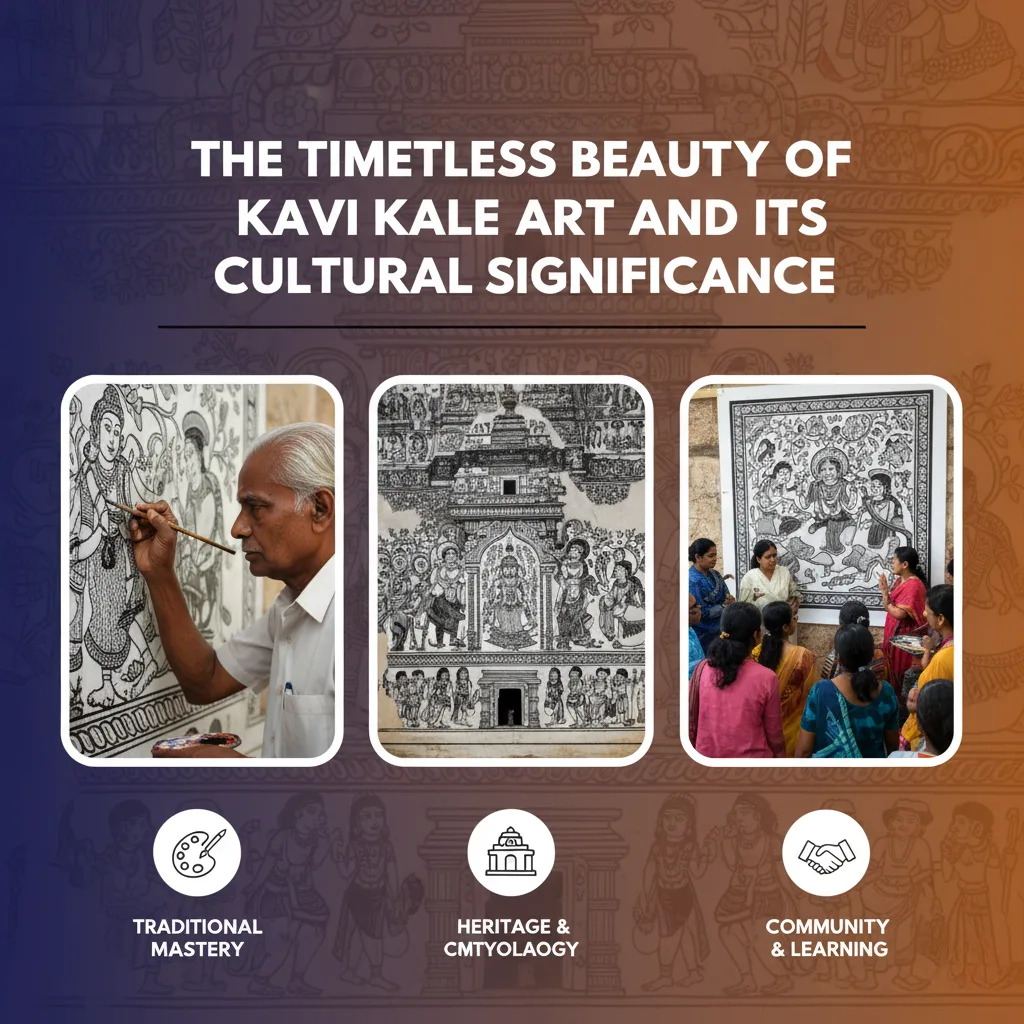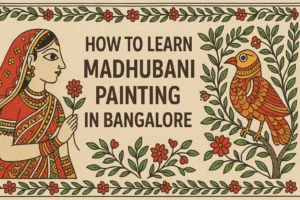Kavi Kale Art: A Timeless Tradition of Indian Creativity
Kavi Kale Art is one of the most unique and expressive forms of traditional Indian painting, admired for its cultural richness and visual depth. This style of art is not just a decorative element but a narrative tool, telling stories through natural motifs, religious themes, and earthy colors. At Kailasakaladhara, we explore, teach, and promote such timeless art forms, keeping them alive for future generations.
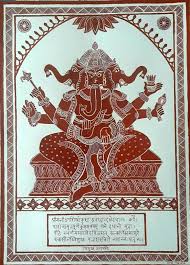 What is Kavi Kale Art?
What is Kavi Kale Art?
Kavi Kale Art is an ancient form of mural painting traditionally practiced in western and southern India. The term “Kavi” refers to a reddish-brown ochre pigment made from natural materials. This pigment is the heart of the art form, creating bold outlines and intricate patterns on walls, temples, and homes.
Often called Kavi Paintings, this art form has been used to decorate temples, houses, and public buildings. The reddish hue against a pale or white background gives it a striking look, making it instantly recognizable.
Alternative Name of Kavi Kale Art
Kavi Kale Art is also referred to as Kavi Painting or Kavi Murals in different regions. The names change slightly depending on local languages and traditions, but the essence remains the same—natural pigments, traditional designs, and spiritual expression.
The Origin of Kavi Kale Art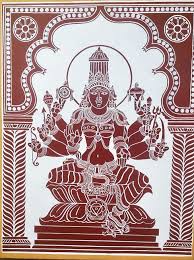
The roots of Kavi Kale Art can be traced back centuries, especially in the coastal belt of Goa, Karnataka, and parts of Kerala. It emerged as both a folk expression and a religious art form.
Originally, artisans created these murals using lime plaster walls as their canvas. Natural pigments were embedded into wet surfaces, ensuring longevity and a seamless finish. The technique resembles frescoes but with a strong local touch, influenced by temple rituals, folk beliefs, and community celebrations.
Who is the Father of Kavi Kale Art?
Unlike certain art forms that are credited to a single “father” or originator, Kavi Kale Art has no specific father figure. It evolved naturally within communities as a shared cultural expression. Generations of local artisans contributed to shaping and preserving it.
Types of Kavi Kale Art
While not rigidly classified, Kavi Kale Art can be observed in several types based on themes and execution style:
| Type of Kavi Kale Art | Description |
|---|---|
| Religious Murals | Depict gods, goddesses, and epic stories from Ramayana and Mahabharata. |
| Floral and Geometric Designs | Stylized patterns, borders, and repeating motifs for walls and pillars. |
| Community Narratives | Folk tales, village life, and social gatherings painted on homes and community halls. |
| Symbolic Motifs | Sun, lotus, animals, and cosmic patterns often used for spiritual meaning. |
Main Characteristics of Kavi Kale Art
The beauty of Kavi Kale Art lies in its distinctive characteristics:
-
Natural Pigments – The reddish-brown “Kavi” color is derived from natural minerals.
-
Contrast Effect – Reddish art on white lime background creates a bold yet soothing look.
-
Durability – Designs remain intact for decades, thanks to the lime-plaster technique.
-
Spiritual Symbolism – Often linked with rituals, mythology, and temple architecture.
-
Freehand Skill – Artisans worked without stencils, relying on creativity and precision.
This unique combination of aesthetics and craftsmanship makes Kavi Kale Art a timeless treasure.
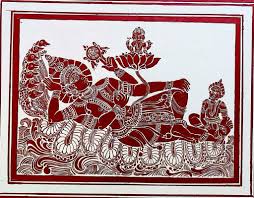 Cultural Significance of Kavi Kale Art
Cultural Significance of Kavi Kale Art
Kavi Kale Art is more than decoration; it’s a cultural identity. These murals served as:
-
Guardians of Faith – Temples adorned with Kavi designs gave spiritual ambiance.
-
Community Pride – Villages showcased their heritage through house walls.
-
Educational Tools – Mythological and folk stories were communicated visually.
Even today, it is considered a symbol of heritage, reminding us of our roots in an increasingly modern world.
Revival and Modern Relevance
With modernization, Kavi Kale Art faced decline as synthetic paints replaced natural pigments. However, institutes like Kailasakaladhara encourage its revival through workshops, classes, and curated exhibitions.
The art form is now being adapted into:
-
Interior wall designs
-
Saree and textile patterns
-
Cultural souvenirs
-
Digital adaptations for global audiences
By learning and practicing it, we preserve not just an art form but a whole tradition of storytelling.
Why Learn Kavi Kale Art?
-
It connects you to history and culture.
-
It enhances creativity and patience.
-
It allows for experimentation with natural materials.
-
It supports sustainable art practices.
At Kailasakaladhara, learners are guided step by step in exploring such arts, ensuring they master both the traditional method and modern applications.
Conclusion
Kavi Kale Art is more than painting; it is history captured in color. From temple walls to modern textiles, its influence remains alive and vibrant. By embracing this art, we celebrate heritage, spirituality, and creativity.
At Kailasakaladhara, we continue to nurture such traditional art forms, making them accessible to learners and art lovers. Our branches in Haralur, Jaya Nagar, BTM Layout, Hongasandra, and Chandapura are dedicated to keeping this cultural legacy alive.
For more insights and to explore various courses, visit https://kailasakaladhara.com/.
Frequently Asked Questions (FAQs)
Q1: What is Kavi Kale Art known for?
It is known for its reddish-brown murals made with natural pigments on lime plaster.
Q2: Where did Kavi Kale Art originate?
It originated in coastal India, especially in Goa, Karnataka, and Kerala.
Q3: What are the types of Kavi Kale Art?
The main types include religious murals, floral motifs, community narratives, and symbolic designs.
